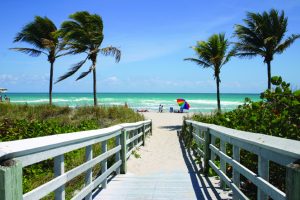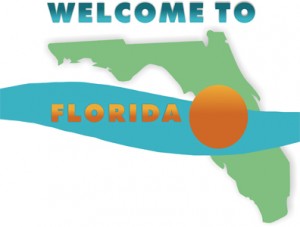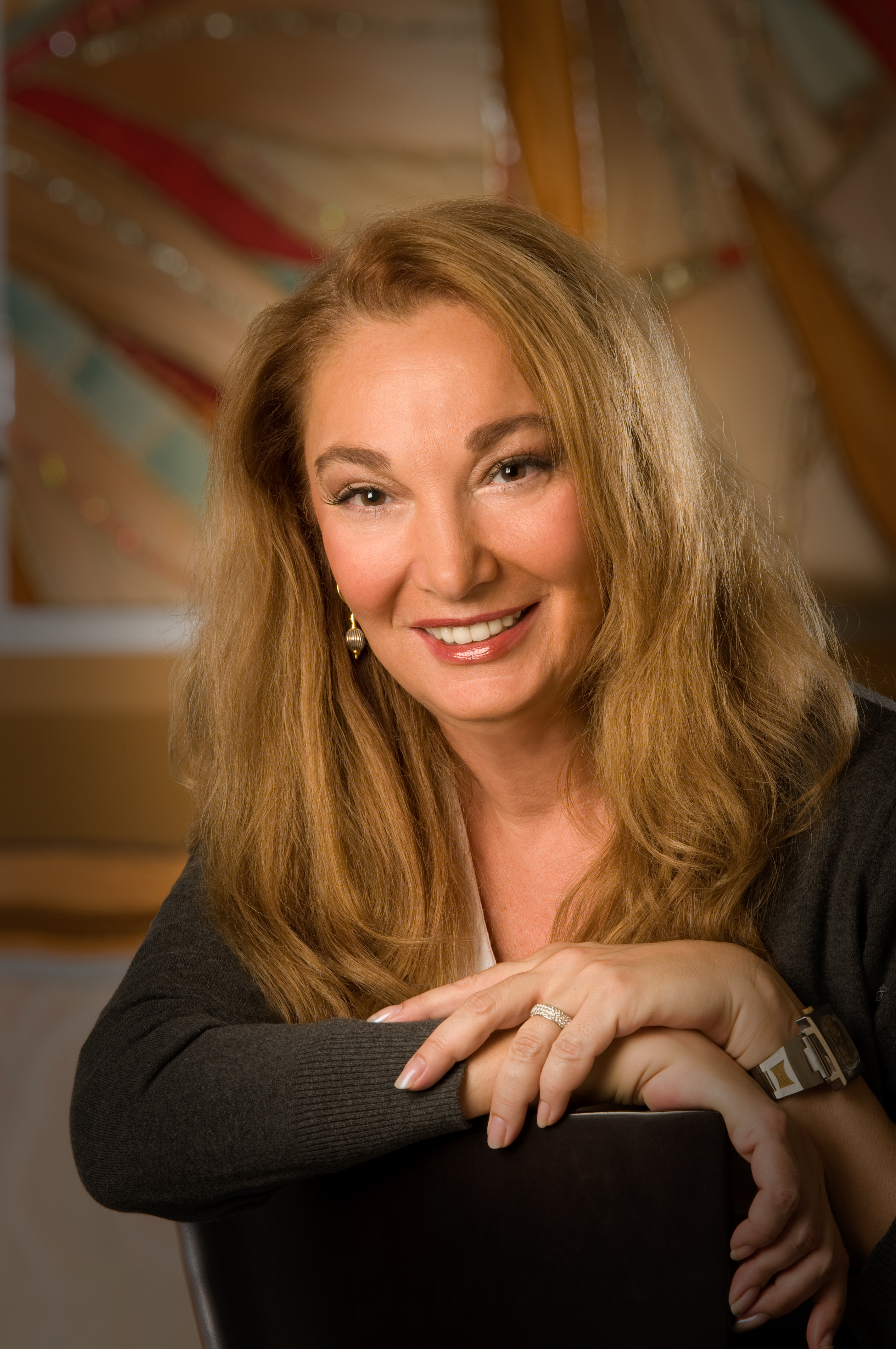 The broader economy might be throwing out some mixed signals, but Florida tourism was showing no signs of waning during the first three months of 2016.
The broader economy might be throwing out some mixed signals, but Florida tourism was showing no signs of waning during the first three months of 2016.
While the nation’s gross domestic product saw a mere 0.5 percent bump in annual growth rate during the first quarter, and as retailers struggled with a customer base that is more prone to save and to spend its money on experience that material goods, the Sunshine State continued to welcome droves of visitors at a record pace.
There were 29.8 million tourists in the first three months of the year — the largest ever first quarter, and a 4.8 percent spike over the same period last year, data released on Monday by Visit Florida, the state’s tourism agency, showed.
The average number of direct travel-related jobs in the first quarter also reached a record 1.23 million, up 3.8 percent from the same period in 2015.
Some experts expect those increases to continue, even if they are not the double digit hikes that the state has seen in the past. Consumers are still spending on fun, even if they may be tightening their belts elsewhere.
“You see a willingness to spend for those experiences,” said Virginia Haley, president of Visit Sarasota County, the community’s tourism promotions agency. “We certainly see it with grandparents willing to splurge on a great condo unit knowing that kids are going to come down for the weekend.”
This kind of growth is a prime example of why tourism agencies need to keep promoting their areas even in good economic times, said Elliott Falcione, executive director for Bradenton Area Convention and Visitors Bureau.
Visit Florida has pushed into markets that it wasn’t in five years ago. Even if the economy falters domestically or in an international feeder market, the increases in visitors and dollars spent will still come because the state agency is constantly drawing new people to Florida.
“Diversification is a key word when you talk about preparing for darker times,” Falcione said.
Haley expects the growth will continue albeit more slowly.
Sarasota County, for example, saw another record-breaking March for tourist tax collection, but it only came with a 1 percent increase in the number of visitors when compared with 2015. The upcoming presidential election, too, will limit what the agency can do as far as advertising, she said.
Meanwhile, the weak Canadian loonie did mostly stall growth from the Great White North, one of Southwest Florida’s largest international feeder markets. Travel through January from Canada was only up 0.4 percent.
“We haven’t seen a dip,” Haley said. “What you are seeing is continued growth but at a much lower rate. We’re seeing some of the international and national things impact us.”
Still, nearly 30 million visitors already have come to Florida this year, and last year the state exceeded its goal and welcomed 105 million people. The Sunshine State also is expected to topple its record again this year and with 115 million visitors, Gov. Rick Scott said in a statement on Monday.
But it’s not all about putting new heads in hotel beds.
Visit Florida announced in September the agency a plan to bring in $100 billion in annual visitor spending by 2020. That means attracting visitors willing to stay long and spend more on Florida’s luxuries. These consumers with larger pocketbooks can boost the industry without necessarily diluting the quality of an area.
The Bradenton area targets households with an income greater than $125,000, Falcione said.
Consumers in that market are more likely to spend money on travel even in tougher times. They may limit their annual trips, but it is important to attract a market that will come back to Florida even when times are tough.
That old Florida feel in the southwestern part of the state is often an escape from the rat race of everyday life. It’s the kind of place people want to be even when times are tough, he said.
“Every day in life is more challenging in society today,” Falcione said. “People are always on technology and high energy, you never get a chance to break away. It makes our destination quite appealing.”
Herald Tribune 5/16/2016
 Florida welcomed 105 million visitors last year, making 2015 the fifth consecutive year where tourism records were broken.
Florida welcomed 105 million visitors last year, making 2015 the fifth consecutive year where tourism records were broken.